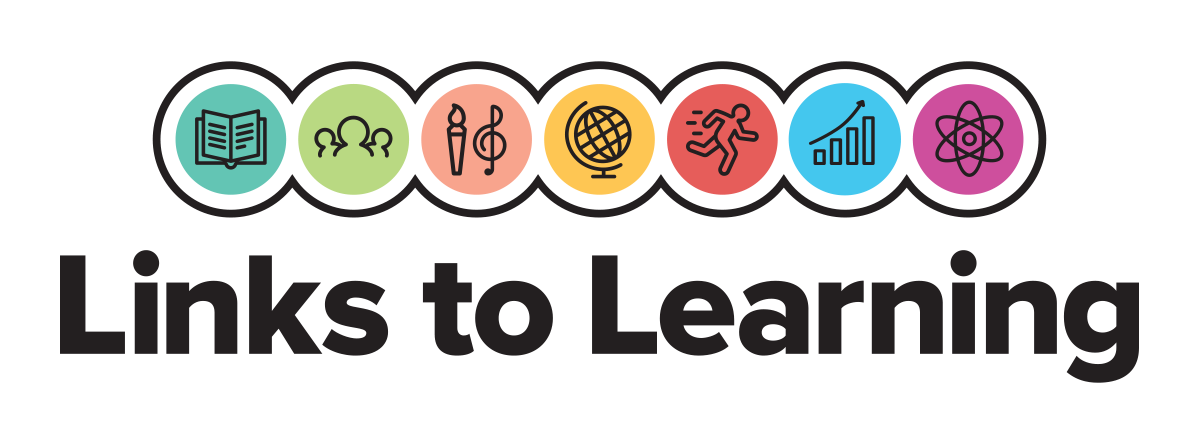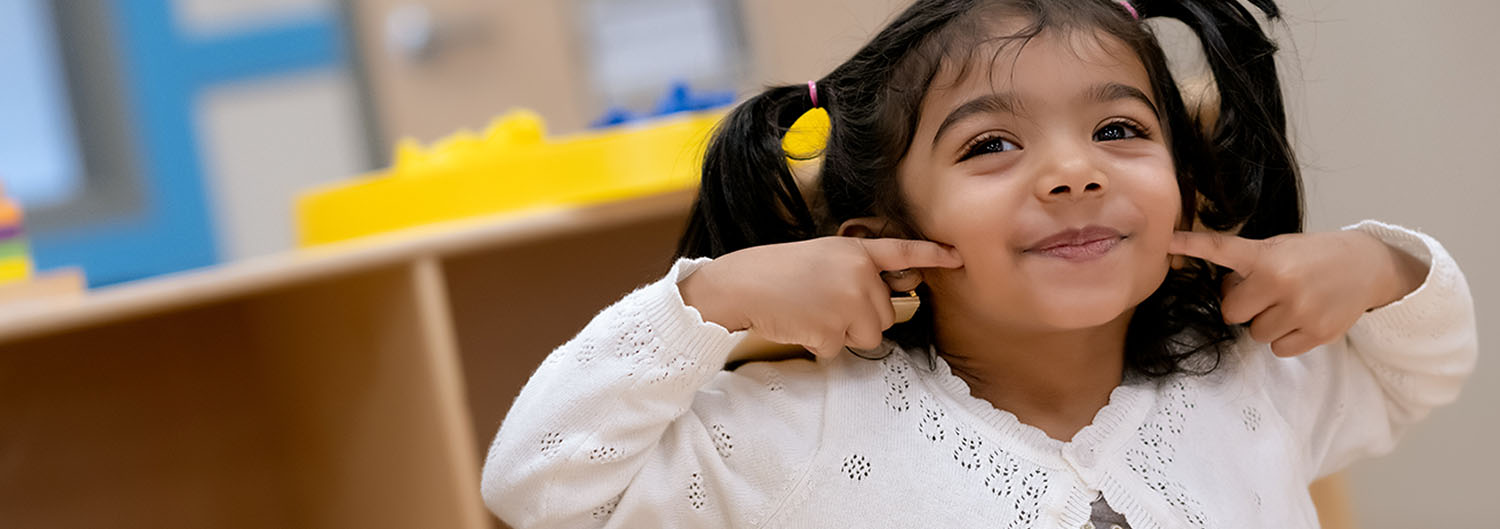- View All
- Topics
- Search
Topics
Blog Archive
-
2025 (6)
- March (3)
- February (1)
- January (2)
-
2024 (28)
- December (2)
- November (3)
- October (2)
- September (3)
- August (3)
- July (3)
- June (2)
- May (2)
- April (2)
- March (2)
- February (2)
- January (2)
-
2023 (15)
- December (2)
- November (2)
- October (2)
- September (1)
- August (1)
- July (1)
- June (1)
- May (1)
- April (1)
- March (1)
- February (1)
- January (1)
-
2022 (13)
- December (1)
- November (1)
- October (1)
- September (1)
- August (2)
- July (1)
- June (1)
- May (1)
- April (1)
- March (1)
- February (1)
- January (1)
-
2021 (15)
- December (1)
- November (1)
- October (1)
- September (2)
- August (1)
- June (1)
- May (2)
- April (1)
- March (2)
- February (2)
- January (1)
-
2020 (11)
- December (1)
- October (2)
- September (1)
- August (1)
- July (1)
- May (2)
- March (1)
- February (1)
- January (1)
-
2019 (12)
- December (1)
- November (1)
- October (1)
- September (1)
- August (1)
- July (1)
- May (2)
- April (1)
- March (1)
- February (1)
- January (1)
-
2018 (12)
- December (1)
- November (1)
- October (1)
- September (1)
- August (1)
- July (1)
- June (1)
- May (1)
- April (1)
- March (1)
- February (1)
- January (1)
-
2017 (12)
- December (1)
- November (1)
- October (1)
- September (1)
- August (1)
- July (1)
- June (1)
- May (1)
- April (1)
- March (1)
- February (1)
- January (1)
-
2016 (12)
- December (1)
- November (1)
- October (1)
- September (1)
- August (1)
- July (1)
- June (1)
- May (1)
- April (1)
- March (1)
- February (1)
- January (1)
-
2015 (12)
- December (1)
- November (1)
- October (1)
- September (1)
- August (1)
- July (1)
- June (1)
- May (1)
- April (1)
- March (1)
- February (1)
- January (1)
-
2014 (6)
- December (1)
- November (1)
- October (1)
- September (1)
- May (1)
- April (1)




The Importance of Routines for Preschoolers
Children learn to manage themselves when they understand expectations in their environment and what comes next.
An organized, clean and welcoming classroom is not only the foundation for quality teaching, but it also helps shape and define positive student behavior. Our classrooms have developmentally appropriate interest areas called centers that reinforce writing and other curriculum skills. In centers, teachers encourage student choice and exploration with the guidance of a visual center management system, which helps children know when they can move to a new center. This practice helps them learn routines, self-monitoring and decision-making. Other visual cues in our classrooms include footprint outlines to remind students where to line up, picture instructions of how to wash hands, and picture/word labels to help children know where each toy goes.
Children handle change best if it’s expected and occurs in the context of a familiar routine.
During times of potential chaos, a structured routine provides comfort, stability and a sense of safety. Transitions from one activity to another can be frustrating and stressful for children, because they take time and can involve waiting. To help ease transitions and help set expectations, our teachers provide verbal and non-verbal cues, such as songs or sounds. They may also wear a silly hat to attract attention or provide children with small toys, such as bubbles or action cards, to make the transition fun and engaging.
Routines help children demonstrate independence, while fostering feelings of belonging and self-confidence.
Circle time is a part of our students’ everyday routine that helps establish roles, reinforces learning, encourages student interaction, creates unity and builds relationships. During circle time, students select helper jobs such as flag holder, book holder or weather observer. These jobs help them actively engage in the activity and see themselves as important members of the classroom community. Teachers make children feel valued by acknowledging how the helpers are important to the circle time routine.
A grandparent of one of our students recently told us, “My granddaughter is only a toddler but it’s clear that she understands her school routine. When she visits me, she stops at the coat closet until I hang up her coat. At lunch, she hands me her bib and says “up” to get seated in her highchair. After eating, she carries her dishes over to the sink and helps wipe off her tray. Thank you for instilling these routines with her. It makes our time together run smoothly!” What a great example of our classroom routines in real life!